Causes from both objective and subjective
This year, Dak Lak has more than 22,000 candidates registered for the 10th grade entrance exam, while the total enrollment target of 53 public high schools in the province is about 20,700. Except for three specialized schools, all public high schools consider admission based on the results of the entrance exam in three subjects: Math, Literature and Foreign Language.
According to data released by the Dak Lak Department of Education and Training on July 1, this year's benchmark scores show a clear difference between schools in the central area and remote areas and ethnic minority areas. Some schools have high benchmark scores such as Le Quy Don High School (19.5 points), Chu Van An High School (15.25 points); while many schools in remote areas and ethnic minority areas such as Hai Ba Trung High School, Krong Bong High School, Cao Ba Quat High School... have low benchmark scores, even in some schools, candidates only need 2.5 points to pass.
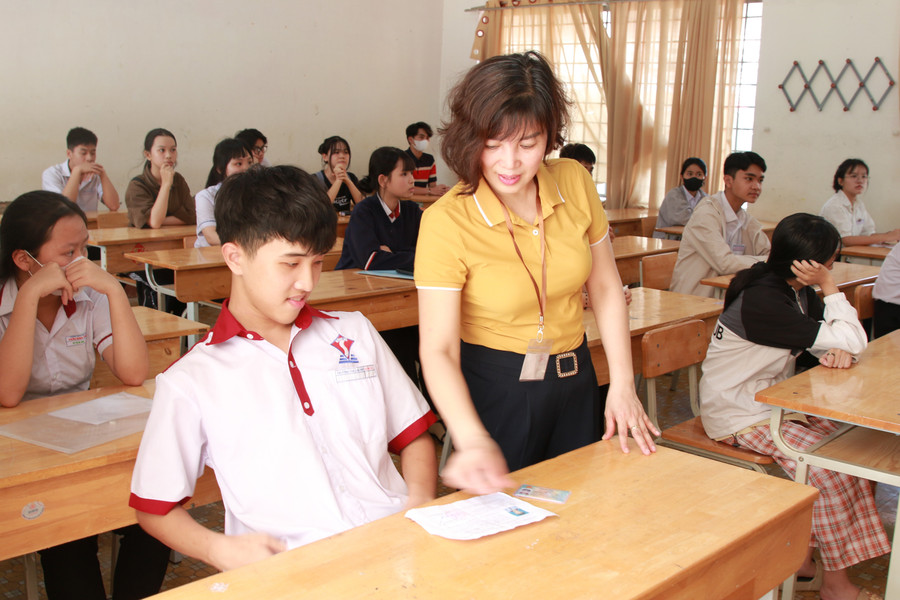
Speaking to reporters, Ms. Le Thi Thanh Xuan - Director of the Dak Lak Department of Education and Training said: "The exam is organized according to a unified framework. Students' exam scores reflect the quality of secondaryeducation . The assessment needs to be looked at frankly, not with the aim of creating pressure, but to build appropriate solutions."
According to Ms. Xuan, this year's exam is not too difficult, with moderate differentiation, mainly testing basic knowledge and application skills. However, the difference in learning conditions, teaching staff, and pedagogical environment between regions, especially ethnic minority regions, is still a challenge that cannot be solved overnight.
Some schools have limited access to study materials and exam preparation methods. In addition, the mentality of taking the exam “to qualify for 10th grade in public schools” also causes some students to not really make an effort.
Ensuring the right to education for all students
Ms. Le Thi Thanh Xuan affirmed that the consistent viewpoint of the industry is not to deny the right to education to any student, especially children from disadvantaged families, remote areas. “This is a humane principle in education, associated with the orientation of post-secondary education, in which about 80% of students will attend high school and 20% will go to vocational training institutions suitable for their abilities and family conditions,” the Department Director emphasized.
The province also identified that maintaining schools in disadvantaged areas is an important factor in keeping students from dropping out of school and reducing regional disparities. This year’s failing grade is set at 0 points – to create maximum conditions for students to have the opportunity to continue to high school. However, that does not mean a “lenient” trend but must be accompanied by a commitment to gradually improve the quality of each unit.
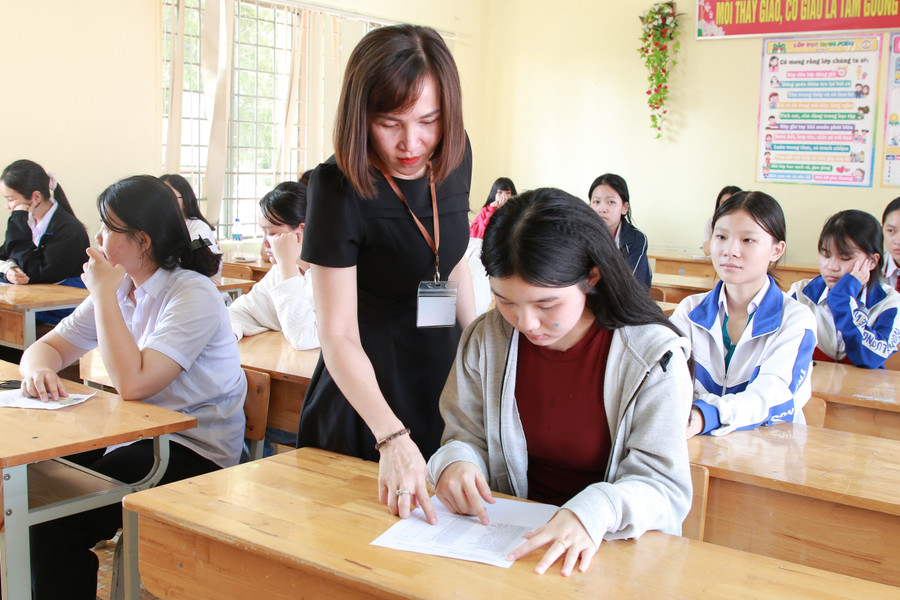
Towards fundamental solutions
According to the representative of the Department of Education and Training, after this exam, the sector will direct secondary schools to review and re-evaluate students' learning results, thereby developing teacher training programs; enhancing innovation in teaching methods and organizing review sessions towards capacity development.
At the same time, high schools with low entrance scores are also required to develop plans to provide tutoring and supplementary knowledge for students after enrollment, helping them not to lose steam in the new school year.
In the coming time, the province will continue to increase investment in infrastructure, and at the same time propose that the Central Government have more preferential policies for education in especially disadvantaged areas. Coordination between management levels, from communes to departments, is also identified as the key to improving the quality of education sustainably.
Source: https://giaoducthoidai.vn/dak-lak-dam-bao-quyen-hoc-tap-va-nang-chat-luong-tu-goc-post738013.html



![[Photo] National Assembly Chairman visits Vi Thuy Commune Public Administration Service Center](https://vphoto.vietnam.vn/thumb/1200x675/vietnam/resource/IMAGE/2025/7/1/d170a5e8cb374ebcae8bf6f7047372b9)






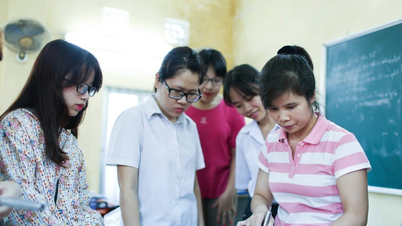
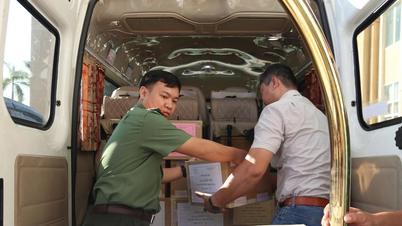












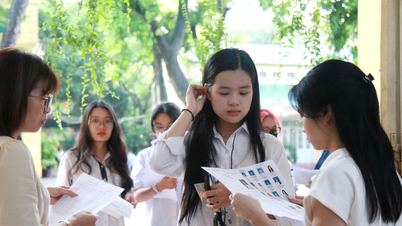
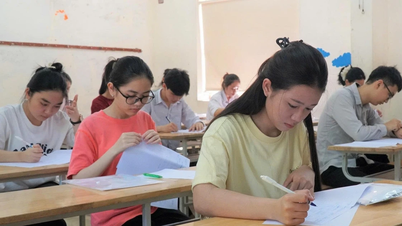
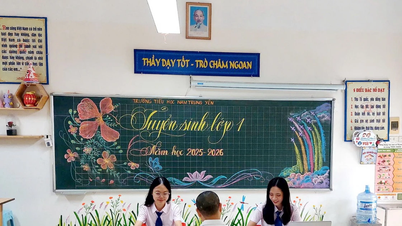
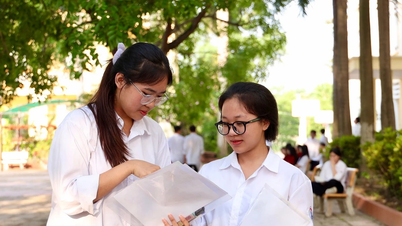
![[Photo] Standing member of the Secretariat Tran Cam Tu chaired a meeting with Party committees, offices, Party committees, agencies and Central organizations.](https://vphoto.vietnam.vn/thumb/1200x675/vietnam/resource/IMAGE/2025/7/1/b8922706fa384bbdadd4513b68879951)





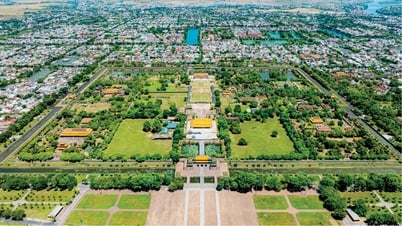


































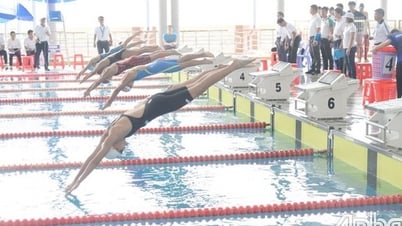







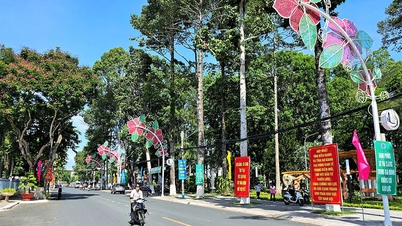
















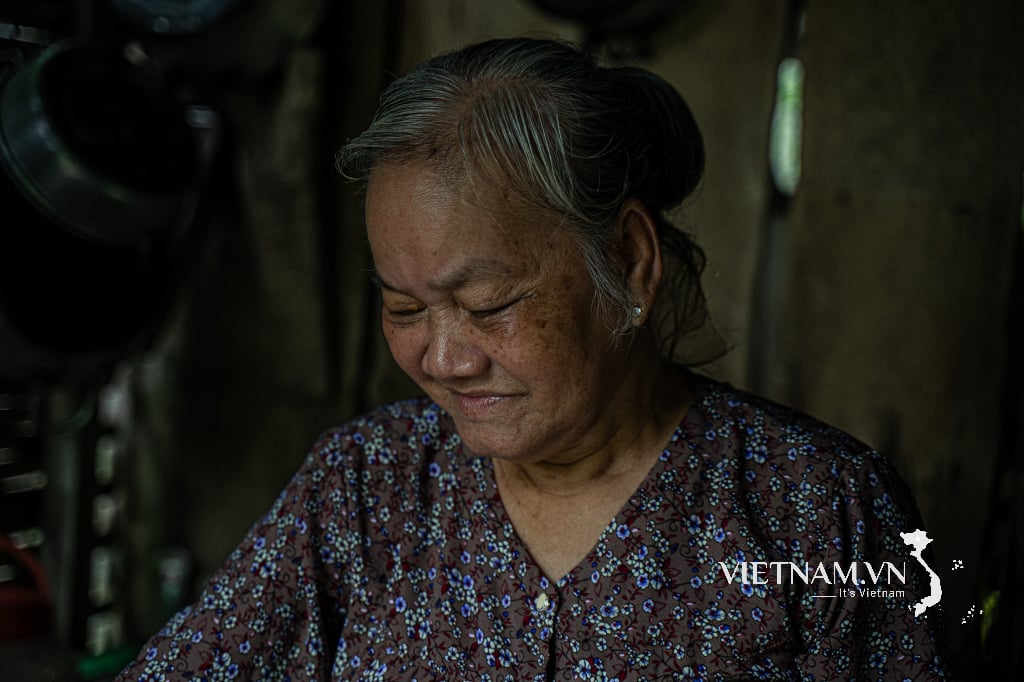

Comment (0)